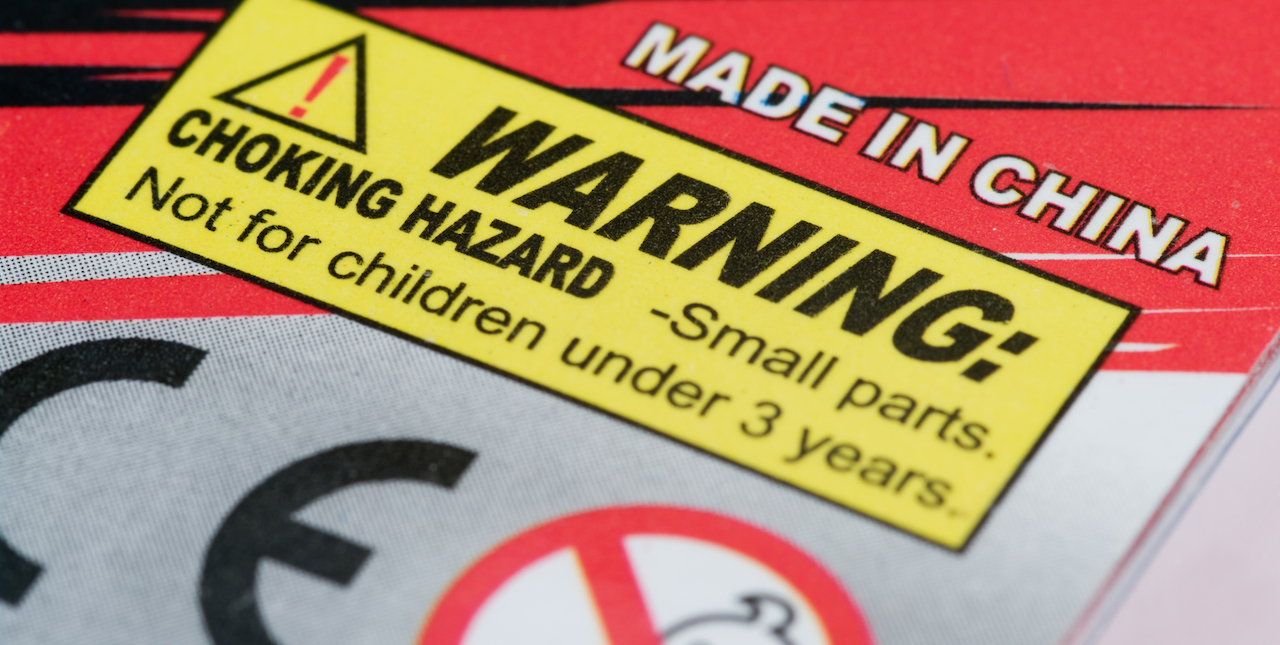Kids usually want everything they see in stores. And whether it’s their birthday, Christmas or just the fact that the neighbour’s child has one – our little ones can become very persuasive to get what they want!
Before you give in to their pleas, though, make sure you’re not purchasing something that could be dangerous to your little one’s health!
According to Safe Kids Worldwide a non-profit organisation, each year throughout the world, almost one million children die of an injury. Almost every one of them was preventable.
Toys are meant to be fun, but if your child needs to be taken to hospital for choking on an object, it’s time to reconsider his favourite toys. The most effective way to ensure the safety of your child is to also supervise while he plays. It’s always a good idea to read instructions on toys more carefully as well. Buy brands that you trust and that meet safety standards.
Avoid toys with these materials
Lead: Children’s bodies are more sensitive to the damaging effects of lead. A small amount of exposure can harm their brain development and nervous system. New research by Greenpeace finds too that almost one in every three toys made in China contains heavy concentrations of metals and lead.
Phthalates: Is a group of chemicals used to make plastic flexible and harder to break. This hazardous chemical has been linked to birth defects, premature puberty in girls and a reduction in sperm quality in males.
PBDEs (polybrominated diphenylethers): Is a group of chemicals used to slow or stop the spread of fire or reduce its intensity. The chemicals in baby products pose a threat to the development of the child’s body and brain.
Bisphenol A (BPA): Is a chemical found in many hard plastics that we use every day. It’s a hormone-disrupting chemical linked to reproductive disorders, Down syndrome, premature puberty and cancer.
Mercury: This naturally-occurring chemical element is widely used in a variety of devices and products. It can impair your child’s neurological development.
Before you plan on surprising your little ones, always do a smell test on products. Have you ever noticed that “beach ball” smell in plastic products? That is toxic softeners in plastic. The strong perfumes can aggravate allergies or asthma. Opt for products that are made with natural and non-toxic materials.
Checklist before you head to the till
- Does it have sharp points or edges?
- Does it look cheaply made?
- Are the batteries easily accessible?
- Does it have small parts that look easily detachable?
If yes, consider another toy.
Help at hand
- Painted toys should be covered with lead-free paint.
- Stuffed toys should be washable.
- Art material should read non-toxic.
- Old toys from family and friends will hold a sentimental value, but can be a health hazard as they could further break down and cause more harm.
- Be mindful of musical and electronic devices that may be too loud; these can damage your child’s hearing.
All said and done, don’t stress too much about getting the perfect toy: Chances are that your child will end up playing with the box anyway!
References:
- http://www.parent24.com/Preschool_2-6/Care/Dangerous-toys-for-your-kids-20111124
- http://kidshealth.org/en/parents/safe-toys.html
- https://www.nymetroparents.com/article/How-to-Know-When-Toys-are-Toxic-and-Tips-for-Buying-Safe-Toys
- https://www.epa.gov/lead/learn-about-lead
- http://www.huffingtonpost.com/maia-james/phthalates-health_b_2464248.html
- https://www.iso.org/news/2016/07/Ref2096.html

